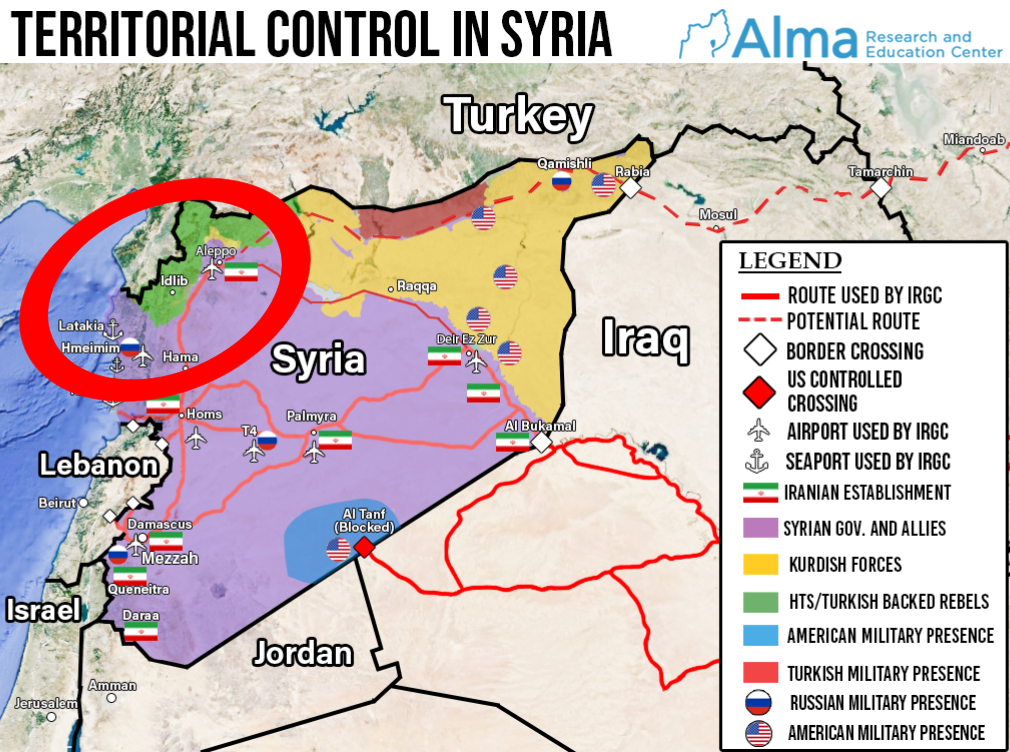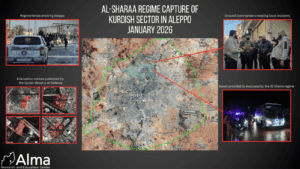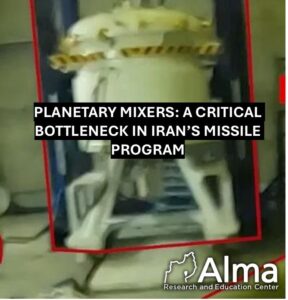On Tuesday (January 7), a sizable IDF search and rescue team made up of 150 personnel, and led by the Home Front Command, arrived in southeast Turkey, following an enormous earthquake which, according to initial estimates by the World Health Organization, left some 20,000 people dead in Turkey and northern Syria.
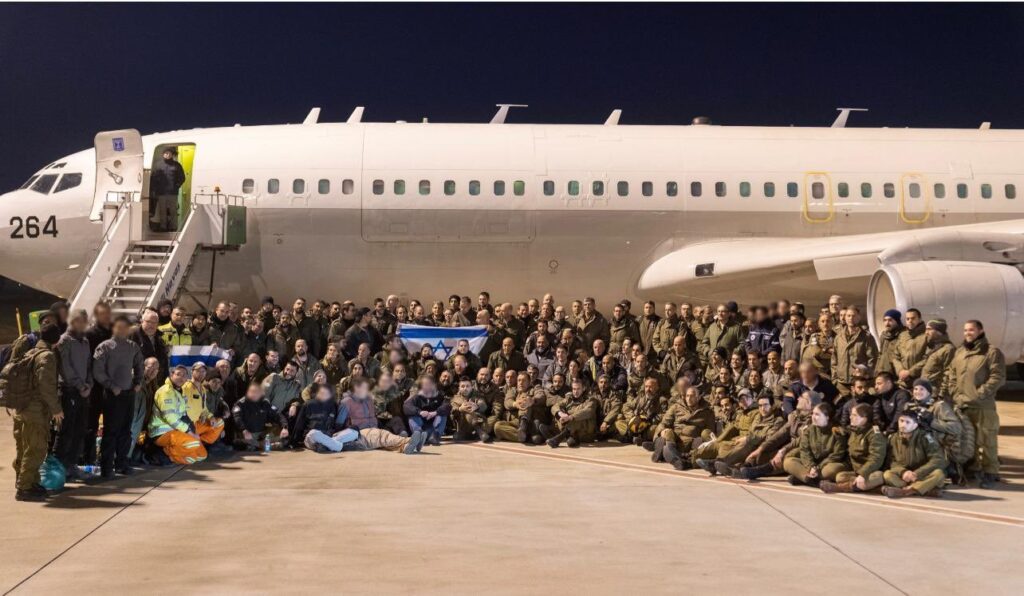
According to IDF International Spokesperson Lt. Col. Richard Hecht, The delegation’s initial plan is to spread out to three key locations hit by the earthquake: Adana, Gaziantep, and Kahramanmaras.
Earlier on Monday (January 6 ), at 4 PM, an advanced IDF team left for Turkey, taking off from Hatzor Air Force Base on-board IAF aircraft. The objective of the advanced team was to scope out the areas where the Israeli delegation would work, to communicate with Turkish authorities to understand their needs, and to greet the larger Israeli delegation hours later.
The large-scale Israeli humanitarian operation, dubbed “Olive Branches“, is also seeing collaboration from the Defense Ministry and the Foreign Affairs Ministry.
According to Maj. Gen. Rafi Milo, Commanding Officer of the Home Front Command, the ultimate objectives of the Israeli mission are to provide immediate assistance by quickly mapping out the earthquake-affected areas for the searching of victims trapped under rubble, and to provide medical assistance to individuals rescued from earthquake-affected areas.
When it comes to mapping out disaster zones, the IDF Home Front Command has developed world-leading technological and command and control capabilities.
It developed a system known as “Shual” (Fox), which is based on the Esri Geographic Information System (GIS), and created 250 layers of data to turn it into a command and control system for emergencies.
In Israel, “Shual” generates a situational picture of the entire country, connecting first responders, the government, the Home Front Command’s rescue teams, and local authorities – but aspects of it can and have been used in emergencies abroad, by Home Front Command teams working with other international rescue missions all over the world, including Japan, Nepal, Mexico, Brazil, and, Cyprus. The system creates 2D and 3D maps, shows real-time locations of first responders on it, the locations of trapped victims located with technological means, and makes all of this information available to forces on the ground on their tablets and phones, as well as sharing the same picture with headquarters – which, for the Turkey mission, will be in the Home Front Command’s Headquarters in Ramle, central Israel.
In 2019, Israeli Home Front Command rescuers used it to share the locations of those trapped under mud in the Brazil burst dam disaster, and it used cell phone transmissions to pinpoint the locations of those trapped.
The delegation to Turkey is being led by Col. (res.) Golan Vach, Commander of the National Rescue Unit in the Home Front Command (who led the Israeli delegation to the Haiti earthquake disaster in 2010), who will now lead 150 active-duty and reserve personnel.
Meanwhile, the IDF Medical Corps is preparing to send a delegation to assemble a field hospital if necessary.
Over the last 40 years, the IDF has led 31 search and rescue delegations around the world. The delegation will be made up of one-third staff and intelligence personnel who will analyze the challenges ahead, and two-thirds search and rescue personnel.
The Syrian question mark
As news came in of the disaster unfolding in both Syria and Turkey, and of devastation in the Syrian regions of Aleppo, Hama, Idlib, Afrin, Latakia and other northern areas ravaged by the previous Syrian civil war – Prime Minister Benjamin Netanyahu stated that Israel had received a request – via Russia -to provide humanitarian aid to Syrians injured in the earthquake, adding, “I have instructed that this be done as well.”
The Israeli media reported that Israel would send medicines, tents, blankets, and other equipment to the Assad regime, and would also agree to treat injured Syrians in Israeli hospitals, which Israel did throughout the Syrian civil war as well, during Operation “Good Neighbor”.
Later that day, the Syrian Al-Watan newspaper reported that Damascus had denied Israeli reports of a request for assistance in the aftermath of the earthquake. According to the report, Syrian sources described Israeli media reports as part of a publicity campaign to support Netanyahu, and that Syria would not seek assistance from Israel, which was accused by the officials of killing Syrians.
Hezbollah, expressed solidarity with the Syrian and Turkish people following the earthquake disaster. Hezbollah called on all states, governments, and international organizations, as well as humanitarian organizations, to initiate immediate assistance in all possible areas, including rescuing people trapped under rubble, treating the wounded, protecting the homeless, and easing the suffering and conditions in both countries.
Iran’s Consul General in Aleppo pledged support to local people following the 7.8 magnitude earthquake, according to Iran International.
Salman Navvab Nouri, the Consul General, stated, “The Islamic Republic of Iran will be beside the people of Aleppo as it was in the past and all will deploy all its capacities to assist the victims.”
The government in Tehran yet to make a statement about particular aid deliveries, but it is expected to focus its efforts in Syria, according to the report. In any case, the first Iranian aid plane of the “Fars Air” landed on February 6 at night in Damascus. More Iranian planes are expected to land in both Aleppo and Latakia. Will the Iranians use the air corridor to transfer “additional equipment” beyond humanitarian aid? Pictures of the interior of the plane were published to show that it was humanitarian aid only.
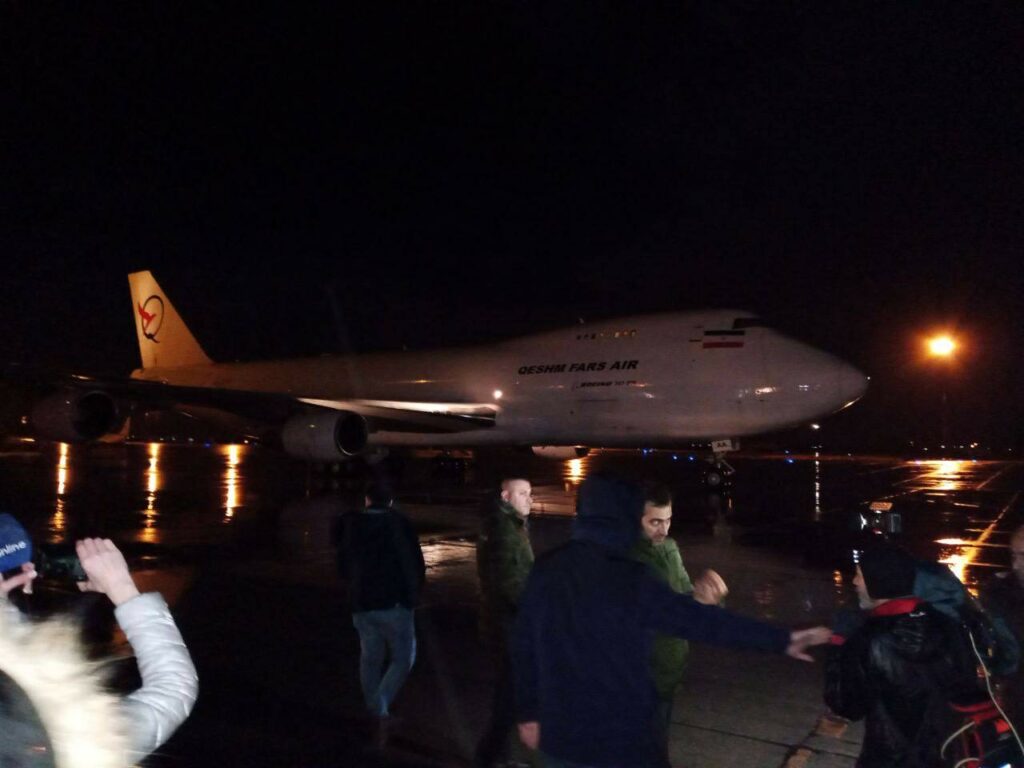
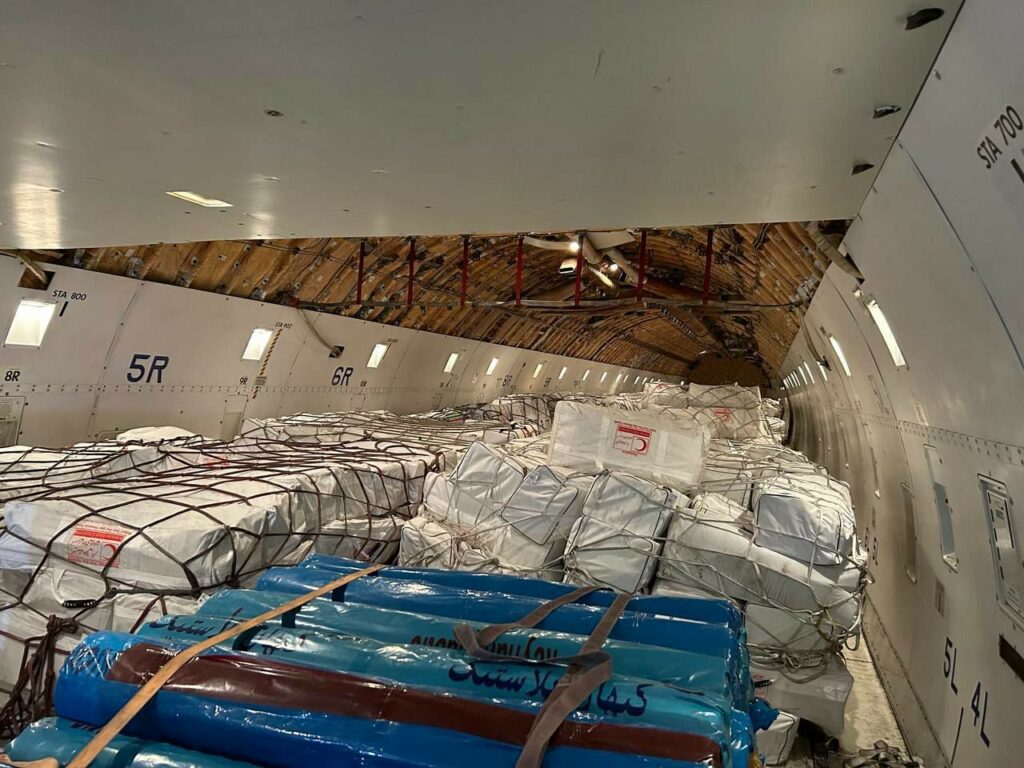
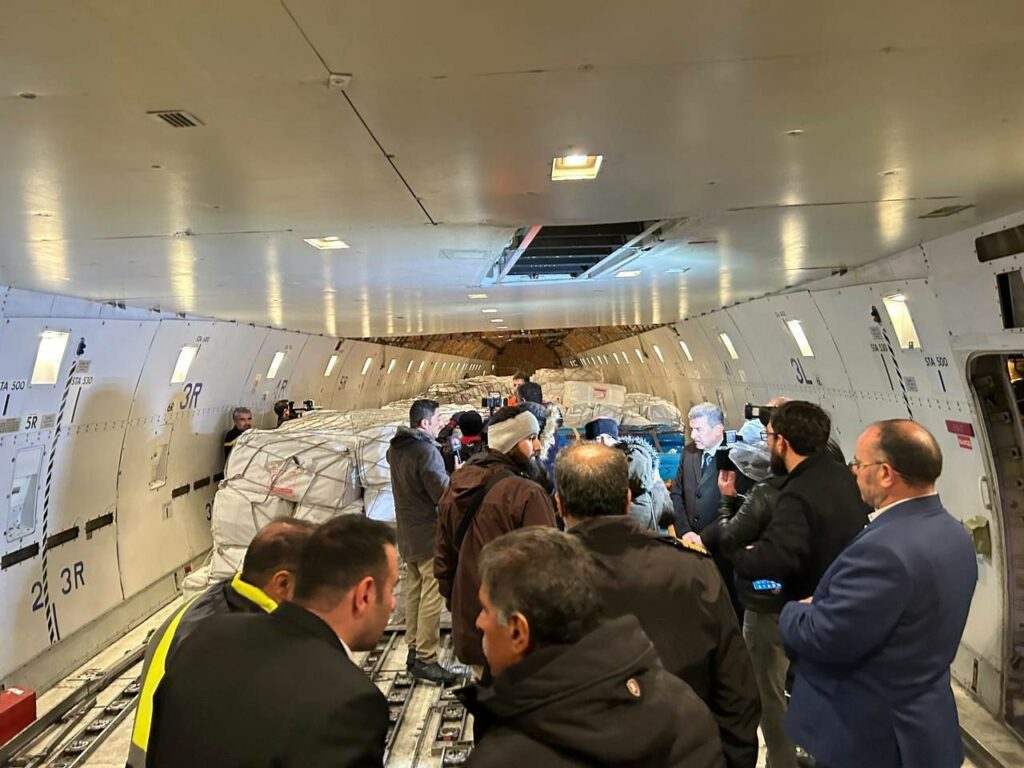
Israel will need to continue to monitor Iranian air and ground traffic into Syria and ensure that the Islamic Republic does not seek to exploit the dire natural disaster to smuggle in new deliveries of weaponry for the members of its axis.
Iran is facing major international pressure due to its deliveries of drones to Russia for use against Ukraine, and is seeking to lower the pressure on itself, meaning that it may resist the idea of flying planes of aid and weapons to Syria. But it is also still committed to its long-term goal of entrenching itself militarily in Syria, and using Syria as a transit zone for arms deliveries to Hezbollah in Lebanon.
In our estimation, the Iranians will in any case take advantage of the situation in favor of their interests, will continue to transfer weapons and will even strive to provide civil assistance in areas that have been damaged and are under the control of the Assad regime, in order to leverage their civilian establishment in Syria.

